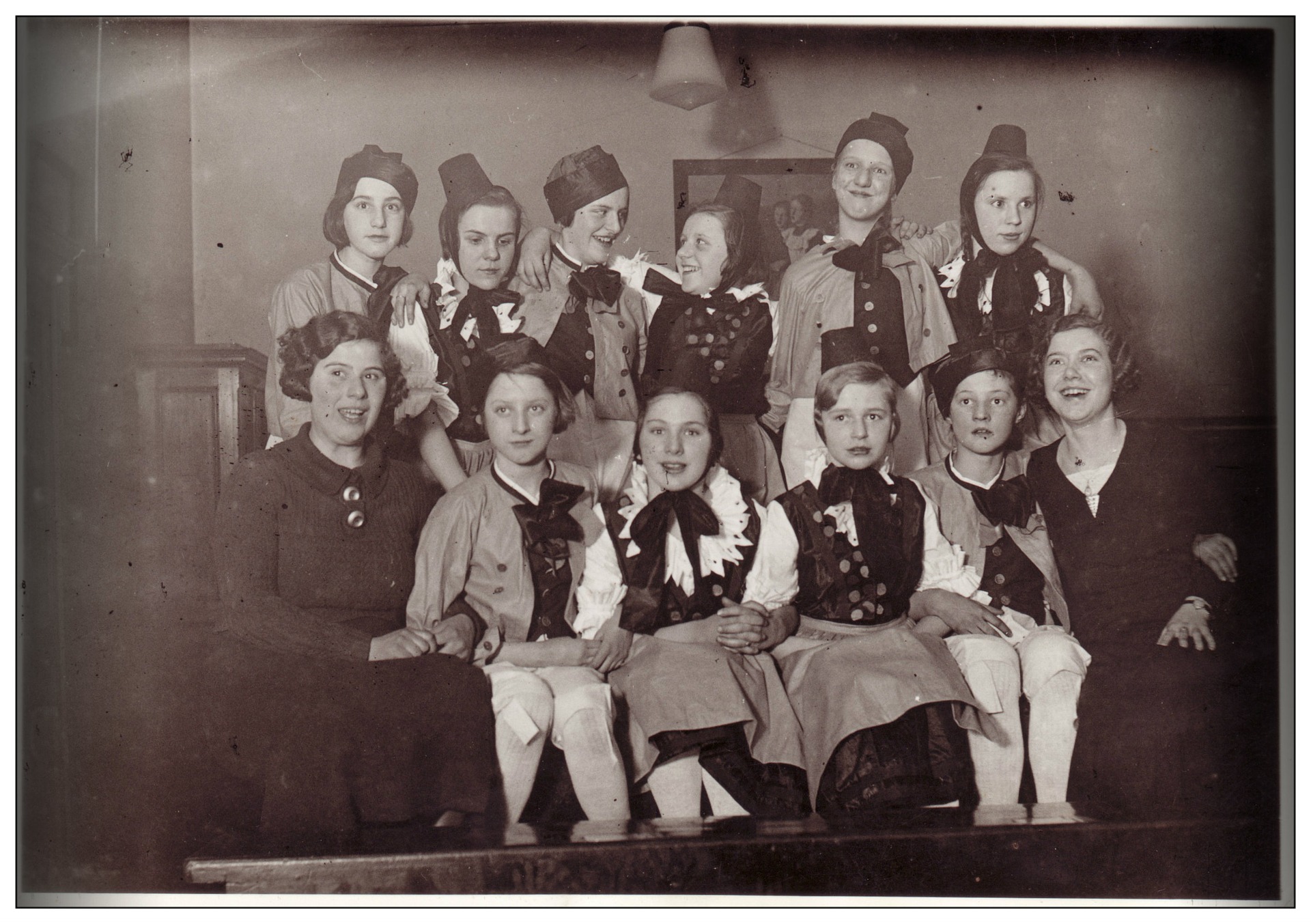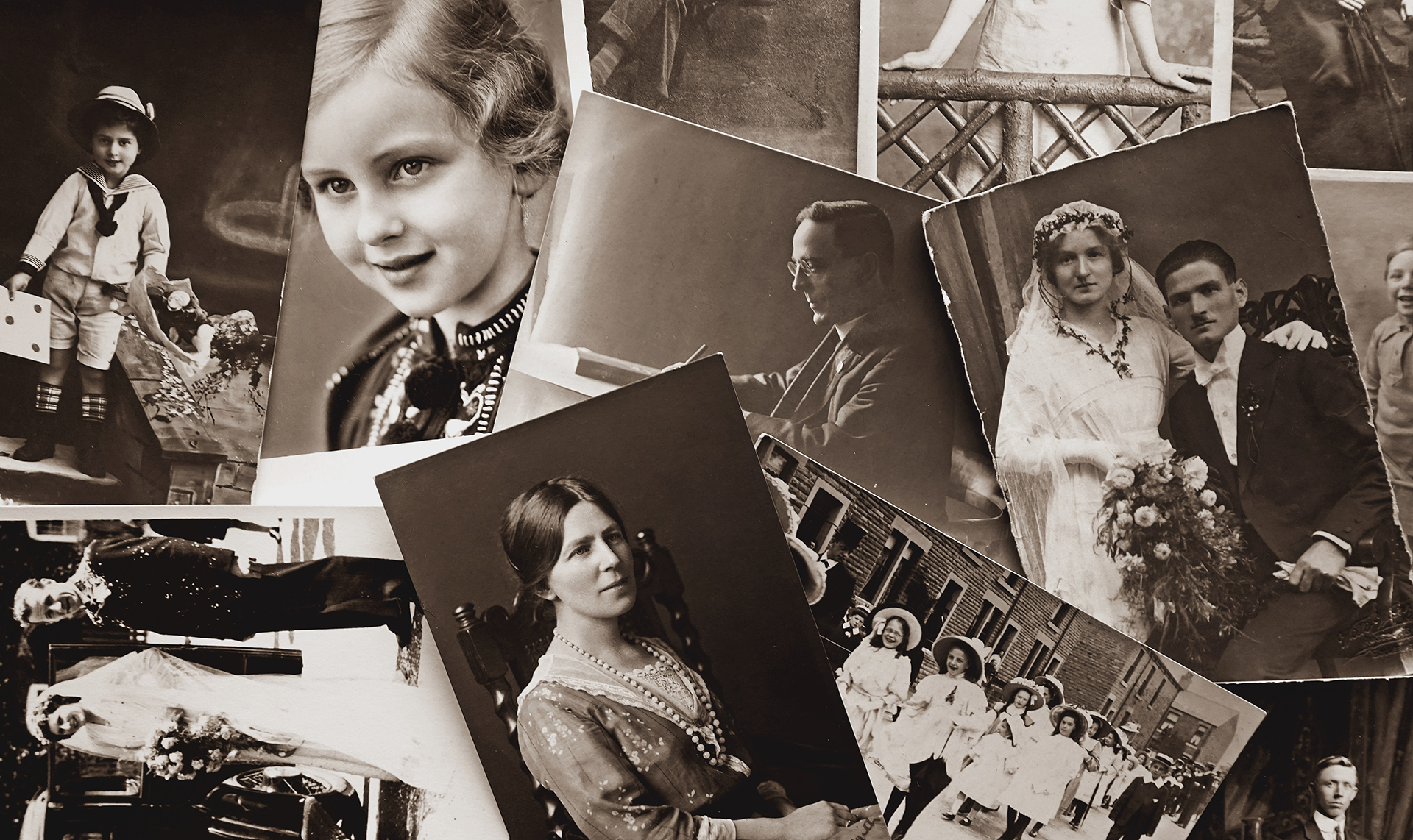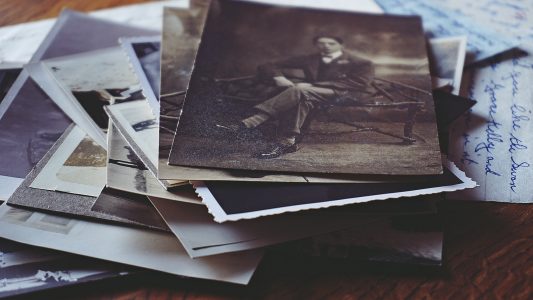Cet article promotionnel n’est pas disponible en français. Merci de votre compréhension.
Photographs are a popular way to preserve important moments in history and precious memories too. We often question why do I look worse on camera, but we still want to keep our photos safe.

Storing vintage photographs that aren’t viewed regularly takes up space in homes. Storage space can be limited with dwellings becoming smaller and the popularity of apartments increasing.
Keeping old photos in storage is a viable option to reclaim the space in your home or linen closet. An occasional trip to access your images is a minor inconvenience in comparison.
Vintage photos must especially be protected while in storage to give you peace of mind and preserve these bits of history.
Storage Requirements
There are a few methods to consider when selecting storage space for old photographs.
Dark Place
Light can fade photos quickly and damage them to a point where even vintage photo restoration techniques won’t work. The chemicals in photos are altered by light, which changes the way they look.

The ink in photos is often light-absorbing; the chemical bond of the dye in the picture breaks down when too much light is absorbed into the image.
If a dark place or room isn’t constantly available, a box or folder protected from the light will suffice.
Temperature and Moisture Control
The dark room or space also needs to have limited moisture and have a constant, cool temperature. This storage area needs to be protected from flooding too, which might happen in a basement.
Excessive heat can lead to discoloration, so selecting a space with an even, cool temperature is essential. A temperature-controlled space is ideal, as it also offers some ventilation to prevent the build-up of mold, for example.
The cooler and drier the room, the better your old photos will be preserved. There’s more to storing old photos than selecting the suitable space, though.
Preparing Old Photos for Storage

The selection of the correct storage container, handling, and organization of photos all contribute to preserving the condition of old photographs.
Storage Container and Dividers
The best container to store old photos is sealed and has a water-proof exterior such as plastic. It also requires soft but stiff dividers to separate the photos within. Storage containers should be packed on a wire rack or pallet to keep them off the ground.
Envelopes or file folders make for adequate dividers as long as each photo is stored separately and covered completely.
Photo albums with acid-free sleeves, sheet protectors, or photo corners also make great photo dividers. Avoid all adhesives, as they contain acids that deteriorate the quality of printed photos.
The preservation experts at the National Archives recommend dividers made from cotton or pure wood. It’s essential not to use paper that contains any form of acid. Polyester film sleeves can provide extra protection for photos as well.
Larger, flexible prints should instead be rolled up and stored in tubes within your storage containers.
Organize Photos
Organizing photos requires more than just placing photos into containers and storing them in a dark, cool area. While organizing photos into containers, care must be taken with sensitive material, such as the required specialized handling of archival negatives.
Flat and Well-Fitting
The stiff divider and storage container must be large enough to allow each photo to lie completely flat. Selecting sleeves or corner tabs that are too small will damage and dogear the picture.
No Overfilling
Storage containers should be filled with enough photos to loosely fit without cramming, but full enough not to allow shifting during transport. Fill additional space in the container with non-acidic tissue paper.
Overfilling an album will cause the spine to break and pages to fall out.
Digital Conversion

Make a digital copy of an old print photograph using a digital or smartphone camera as a backup.
Final Thoughts
There are many options available, but the more thought and care invested into storing old photographs, the higher the quality of preservation for these precious memories will be.
This article is a promotional content.






